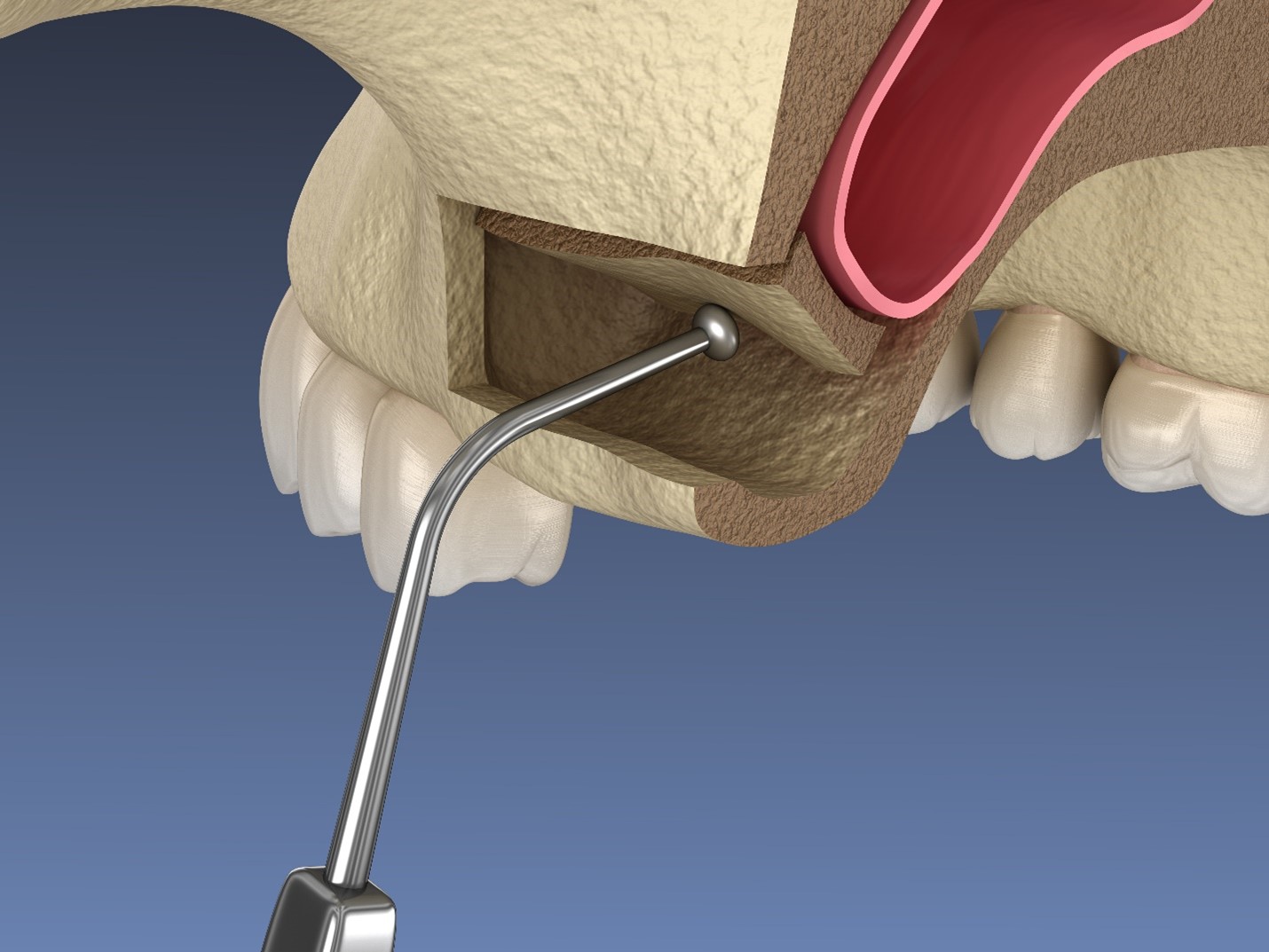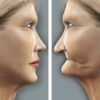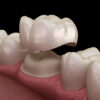- By - Malfaifi
- Posted on
- Posted in Implant Dentistry
Maxillary Sinus Floor Elevation
Maxillary Sinus Floor Elevation: A Valuable Pre-prosthetic Procedure
Bruggenkate et al, 1998

This paper describing Tatum’s “trap door” method of increasing the absolute bone height in the lateral maxilla.
Technique involves surgically creating a top hinge door in the lateral sinus wall, turning the door inward and upward together with the intact sinus mucosa, and filling the newly created space with bone graft.
Indications:
- Insufficient bone height (< 10 mm) is available for dental implants or totally edentulous maxillae with insufficient bone height.
Contraindications:
A- Absolute:
- Previous sinus surgery such as Caldwell Luc procedure
- Maxillary sinus diseases such as tumors or chronic polypous sinusitis
- Strong allergic conditions.
B- Relative:
- Presence of Underwood’s septa or severe sinus floor convolutions
- Contours of dental roots in the floor of the sinus
- Extremely narrow sinus.
The gold standard graft material is autogenous (iliac crest, tibia head, chin, coronoid process, and/or lateral buccal cortical bone plate of the mandible) bone.
Implantations can be performed at sinus lifting (one-stage) or at a later date (two-stage).
1- One stage procedure:
Must have good quality and quantity of bone to provide good primary stability of the implant.
2- Two-stage:
When < 4 – 5 mm vertical bone height is available, ≥ 4 months after sinus lifting with autogenous bone.
Complications:
- Perforation of the Schneiderian membrane (most common)
- Infection
- Possible loss of the graft into the sinus, and subsequent sinusitis.


